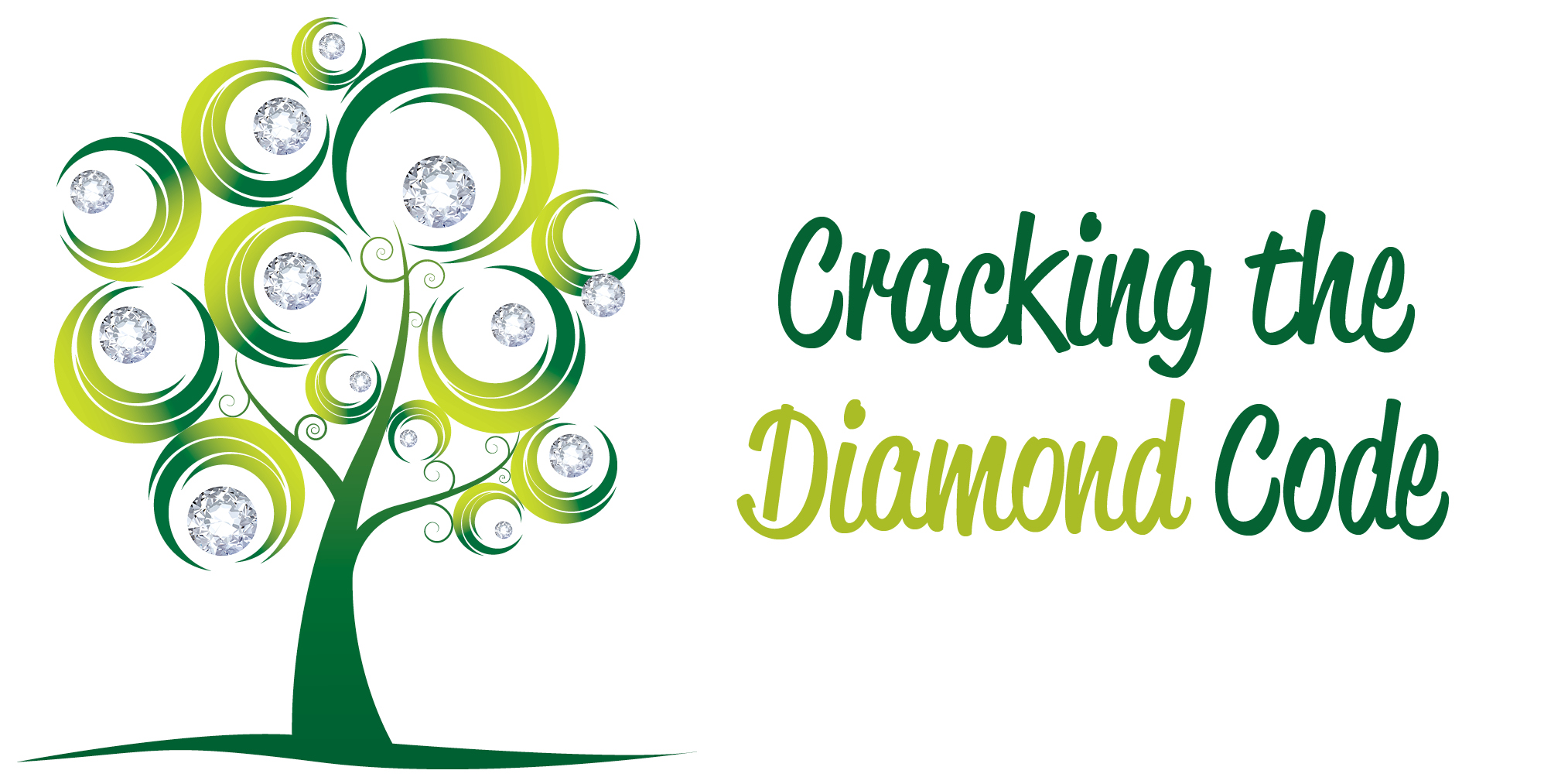A diamond may last forever, but it doesn’t have to take forever to create.
With Valentine’s Day just around the corner, many people’s thoughts turn to love—and what says love more than a diamond? Naturally, you might think of an engagement ring on this special holiday, but diamond earrings, diamond studs, and pendants are also exceptional gifts of love.
While most opt for a natural diamond for their engagement ring, many others are looking at the new technology of cultured diamonds to make a bigger fashion statement. Whether you call them man-made, cultured, or lab-grown, they are all the same thing: created diamonds containing the same properties of mined diamonds including flaws, color characteristics and industry grading.
And anyone comparing a natural diamond to a lab-grown one will not be able to tell the difference. These are not cubic zirconias or rhinestones—they are in every way, real diamonds.
“What has taken billions of years in nature can now be done in a lab in a couple of weeks,” explained Ronnie Mervis, CEO of Mervis Diamond Importers, the first retailer to carry lab-grown diamonds in our area, and one of the few on the East Coast.
“Natural diamonds started life as a bubble of carbon gas, years ago when the earth was formed. They hardened due to the combination of great time, pressure and heat to become a diamond crystal.
“But cultured diamonds are still diamonds.” A great example, he explained, is that in a pond, water will freeze and turn to ice naturally. You can also create ice yourself in your own freezer. Both are the same, using exactly the same process, whether it’s done outdoors or indoors.
“As diamond importers, we’re firm believers in the old-fashioned, natural way of creating diamonds because we see the diamond as a symbol of love which is meant to be natural,” he continued. “However, sometimes people want things in a new way—it’s a changing world and we’re getting a fair amount of demand for lab-grown diamonds.”
Some people request a diamond that did not come from the earth or create related environmental and ethical issues, and others want a larger diamond than they can afford. Lab-grown diamonds cost less. For the same money, you can get a diamond that is 20% larger. Best of all, they’re made in America, created locally in Maryland.
The History of Lab-Grown Diamonds
“The first efforts to create diamonds were done post-WWII by people basically imitating the natural conditions expected where diamonds are found, using high pressure and high temperature to create a diamond from graphite,” explained the chief technology officer at the diamond lab (which prefers to remain anonymous for security reasons). “This was the initial success that created polycrystalline diamonds mainly used for cutting, like through stone or concrete.” Then people started looking for ways to grow larger diamonds less expensively in a more predictable way.
The successful method of growing diamonds by chemical vapor deposition was developed in the 1970s in Russia and Germany, and allowed the growth of polycrystalline diamond deposits in layers in a controlled environment. Then by the early 2000s, research performed in the Carnegie Institution of Washington led to the capability to grow diamonds of a significant size. Yet it wasn’t until 2008 that the industry was commercialized, and 2013 when they were first made available in retail stores, starting on the West Coast and just now coming east.
How a Lab-Grown Diamond is Created
Lab-grown diamonds begin with what is called a “seed,” a small mined diamond crystal. These seeds are placed into a chamber in batches. The air is removed and hydrogen and methane are added, along with microwave energy, in a chemical process called chemical vapor deposition. Said simply, when the gases absorb the energy, they become energized and create plasma that is very reactive.
The reactivity of the ions and molecules is translated into a reaction between it and the surface of the solid diamond seed and bonding occurs, which extends the size of the original crystal with the additional molecules. In all, the growth process can take up to two months, depending on the desired size of the cultured diamond.
It has taken man decades of research and development and hundreds of millions of dollars to advance this process to a point where the diamonds are now available in the same quality and color as mined diamonds.
The highest and rarest color grade for a natural diamond is D, with the scale running from D to Z. With the cultured process, a good range of the color and clarity can be predicted. The optical properties of a lab-grown diamond are D to M, and it can be harder and tougher than a diamond from the mines.
This particular lab produces round gemstones up to six carat weight, and cushion, pear or emerald-shaped diamonds up to 8 carats. They also cut the rough diamonds, certify them through an independent lab using the International Gemological Institute (IGI), and present them to the market as loose finished gemstones.
“As diamond specialists, we’re glad to be able to now offer diamonds in three ways: through our regular sources, by means of our new partnerships with De Beers with diamonds from their mines, and now with cultured, lab-grown diamonds,” Mervis said.
“We are in the business of making people happy—we’re all about love—so if lab-grown diamonds are what they want, we’re here to offer them.”






